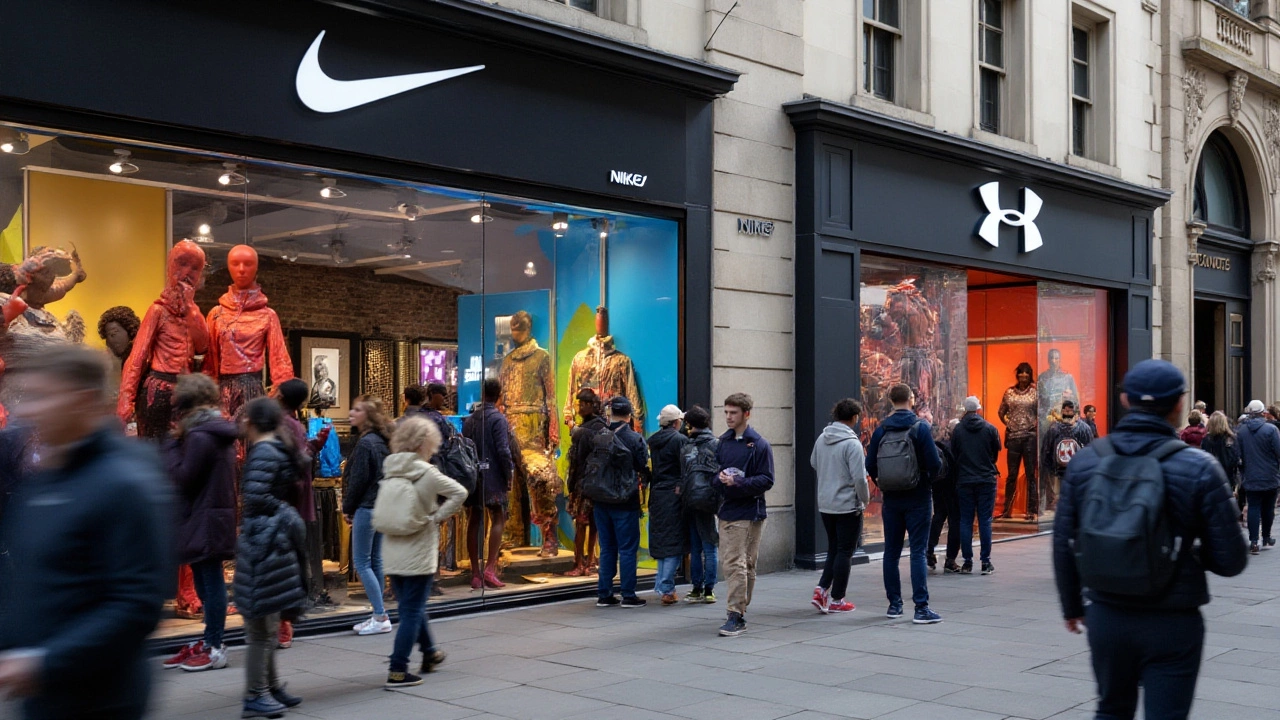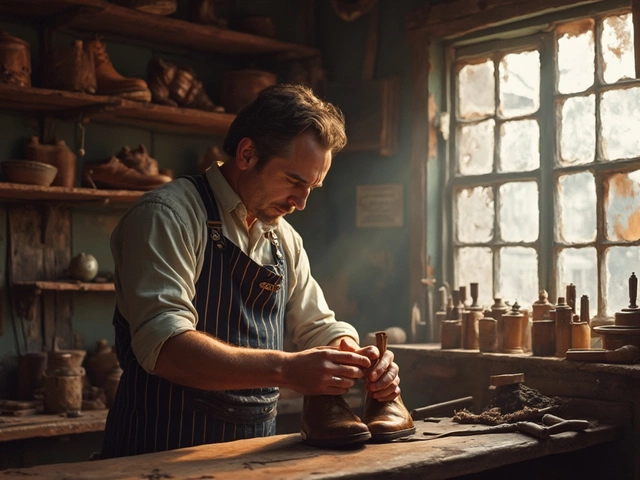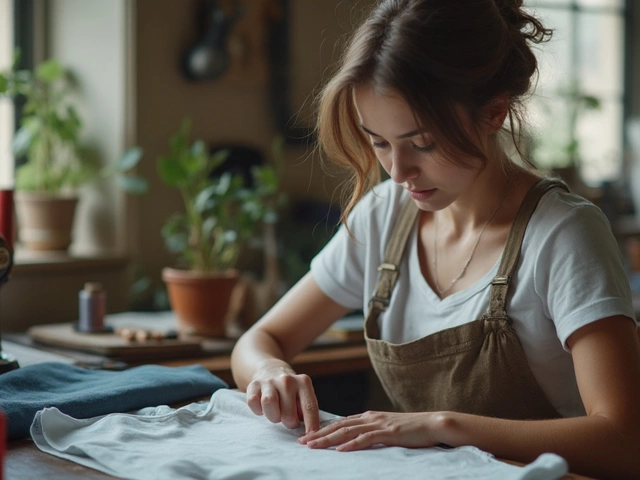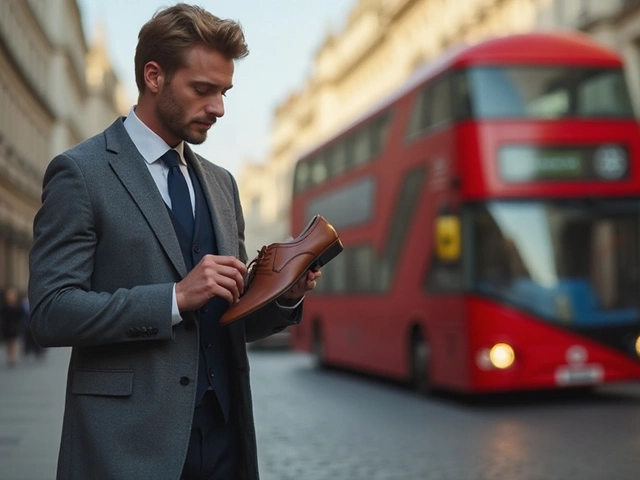Athletes' Gear Made Simple: Fit, Function, and Top Choices
If you want to feel good while you train, the right gear matters. It’s not just about looking cool – it’s about safety, comfort, and performance. Below you’ll get quick, clear advice on how to pick shoes, shirts, and everything in between without getting lost in jargon.
Fit Basics for Shoes and Apparel
The first rule is a good fit. For shoes, check the toe box. You should have about a thumb’s width of space between your longest toe and the front of the shoe. Too tight leads to blisters, numbness, or black toenails; too loose causes heel slip and instability. Walk around the store, then try a quick hop – if the shoe stays snug, you’ve hit the sweet spot.
Clothing follows the same logic. T‑shirts and tank tops need a little room to move but shouldn’t billow. A quick test: raise your arms and make a fist. If the fabric pulls tight at the shoulders, it will restrict movement. Pants and shorts should sit at the waist without digging in, and the inseam should allow a full stride without hitting the ground.
Choosing the Right Activewear vs Sportswear
People mix up activewear and sportswear, but they serve different needs. Activewear is designed for everyday movement – think breathable leggings, moisture‑wicking tops, and stretchy tees. Sportswear is built for specific sports and often includes reinforced seams, sport‑specific cuts, and sometimes extra padding.
When you’re heading to the gym, choose activewear that lets you move freely and manages sweat. For running, look for fabrics with high breathability and a snug fit to prevent chafing. If you’re playing a team sport, sportswear with reinforced knees or elbows can add durability without weighing you down.
Top picks this season include the classic Nike Air Jordan 1 for its iconic style and solid support, and the newest Carhartt‑inspired workwear alternatives that blend durability with a modern fit. If you love heritage, the oldest sportswear brand still in production offers a timeless look that works for casual wear and low‑key training sessions.
Keeping your gear in shape is just as important as picking it. Wash performance shirts in cold water and skip the fabric softener – it can reduce moisture‑wicking ability. Shoes should air dry after each use; a quick night in a shoe dryer prevents odor and mold. Leather boots need a leather conditioner every few months to stay supple.
Finally, don’t forget the extras. Good socks, a solid pair of compression leggings, and a breathable hat can boost comfort on long workouts. They’re cheap, easy to replace, and make a noticeable difference.
Now you have a clear checklist: check fit, know the difference between activewear and sportswear, pick reputable brands, and care for your items. With the right athletes' gear, you’ll feel confident, avoid injuries, and get more out of every session. Ready to upgrade? Browse the curated selection at Handmade Designs Elgin and find pieces that match your style and performance goals.

Top Sportswear Brands and Their Impact on Athletes
Uncover the names and stories of the most famous sportswear brands that have shaped athletic performance and fashion. Discover how brands like Nike, Adidas, and Under Armour cater to both elite athletes and everyday fitness enthusiasts. Learn how these companies have innovated in fabric technology and design to stay at the forefront of sportswear. Get tips on how to choose the best gear for your athletic needs based on brand reputation and personal preferences.




